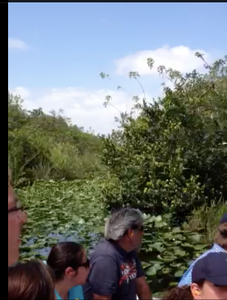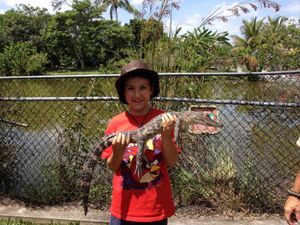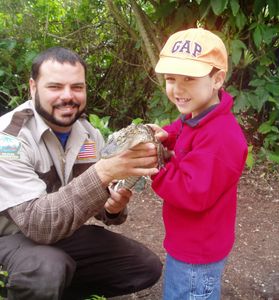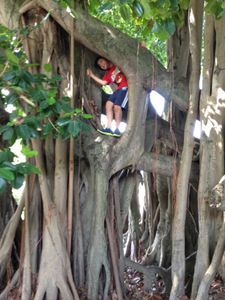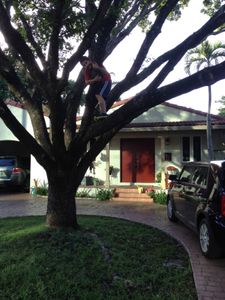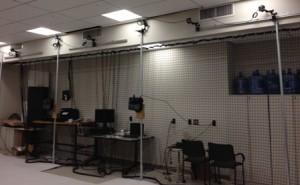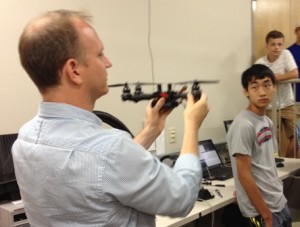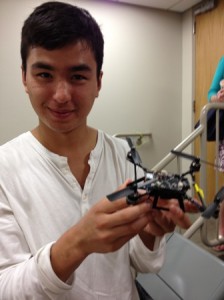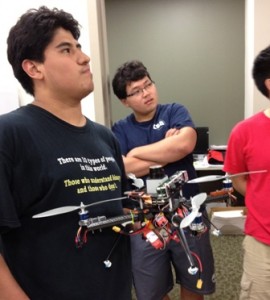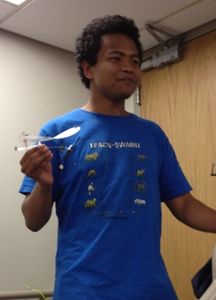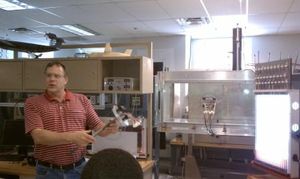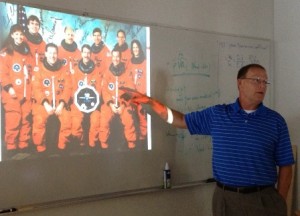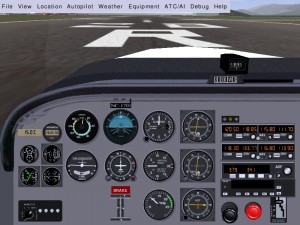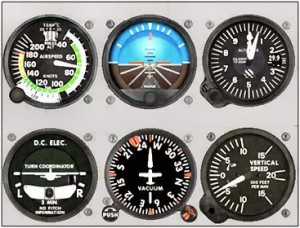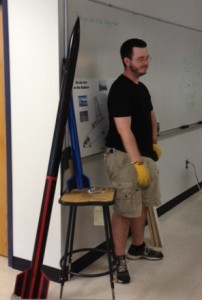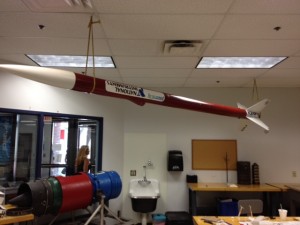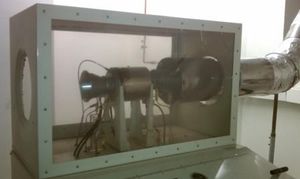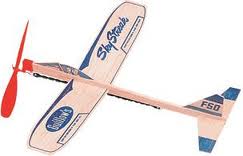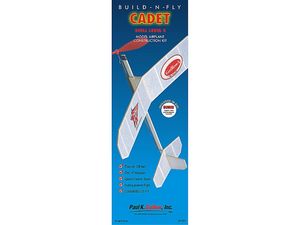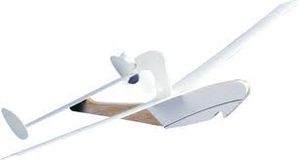Our last day of U Design turned out to be busier than I had anticipated. We spent the morning launching our water bottle rockets. We had two rocket launchers. One was a high end rocket launcher, the other a model from Arbor Scientific. Several years ago, launching soda bottle rockets was easy stuff. But in an effort to be environmentally conscious, the bottling companies have scaled back on the amount of plastic they use in their bottles. Although the reduction of plastic does not affect the cap which goes on the bottle, it can alter the inner diameter of the bottle If the inner diameter is too large, the bottle does not make a tight fit, which unfortunately happened in several cases. Next year, we will have to stick with Coca-Cola!
A few tips. Some launchers use pipes of different lengths, and the deeper the pipe moves into the bottle, the higher the bottle can fly. I have also been told that a Mentos might help the propulsion. Here are a few links for various bottle rocket launchers. The big launcher we used in camp was a BigFoot Launcher which is no longer made. But BigFoot Company now makes a portable LittleFoot Water Launcher. You can buy a low end launcher from Edmunds Scientific or Arbor Scientific. I would suggest using a bicycle pump that has a built in pressure gauge such as this one from ArborSci. As always, wear safety goggles and be careful.
When we returned from Rocket Launching, Glynn Holt’s students gave us multiple presentations on acoustics, many of which they use to study the physics of bubbles and acoustics. We started out with a demonstration of transverse and longitudinal standing waves. From there, we ventured into two-dimensional standing waves on a plate (Chladni patterns). Click this if you want to learn how a violin works!!
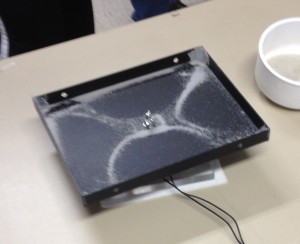 Chladni patterns on a plate in the Holt Lab
Chladni patterns on a plate in the Holt Lab
Next we got to see Faraday waves in a Chinese Sprouting Bowl. Although Faraday worked out the mathematics of these two dimensional waves, the Chinese have had the sprouting bowls for much longer. And even longer than that, the Alligator uses Faraday waves as a method of communication which is a current area of study in the Holt Lab.
 The Chinese Sprouting Bowl
The Chinese Sprouting Bowl
 Faraday Waves cause sprouting water
Faraday Waves cause sprouting water
The highlight of our tour was acoustic levitation. In other words, they would use sound waves to levitate a bubble. Professor Holt studies bubbles under all kinds of conditions. He flew some bubbles on reduced gravity flights with NASA and was trained as a Mission Specialist for the Astronaut program. I owe him a big favor for helping to develop my own NASA Reduced Gravity flight proposal. Here is is now using sound waves to levitate bubbles.
 Acoustic Levitator in Holt Lab
Acoustic Levitator in Holt Lab
 Two bubbles
Two bubbles
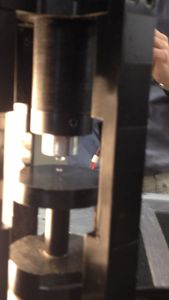
Here, the amplitude of these sound waves (which are longitudinal) are so strong that they actually compress the wave.
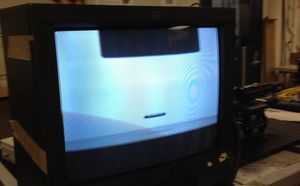
They even levitated a piece of dust for us.
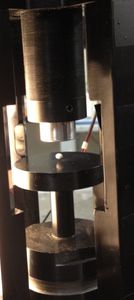
During the afternoon we also received a tour from students of Professor Ted Fritz. Professor Fritz is building a satellite to analyze the Aurora Borealis (the Norther Lights), and we saw this work on the 7th floor of the Photonics Center. Even more exciting, Ted is the advisor for the Boston University Student Satellite project, BUSAT. This is an satellite which is being built by a team of over 20 undergraduate students as part of an Air Force competition. One of my BU Academy students, Zach B. is part of the team which is building this satellite.
To conclude the day, the students from BU Academy gave a great demonstration of our Frisbee throwing robot.
